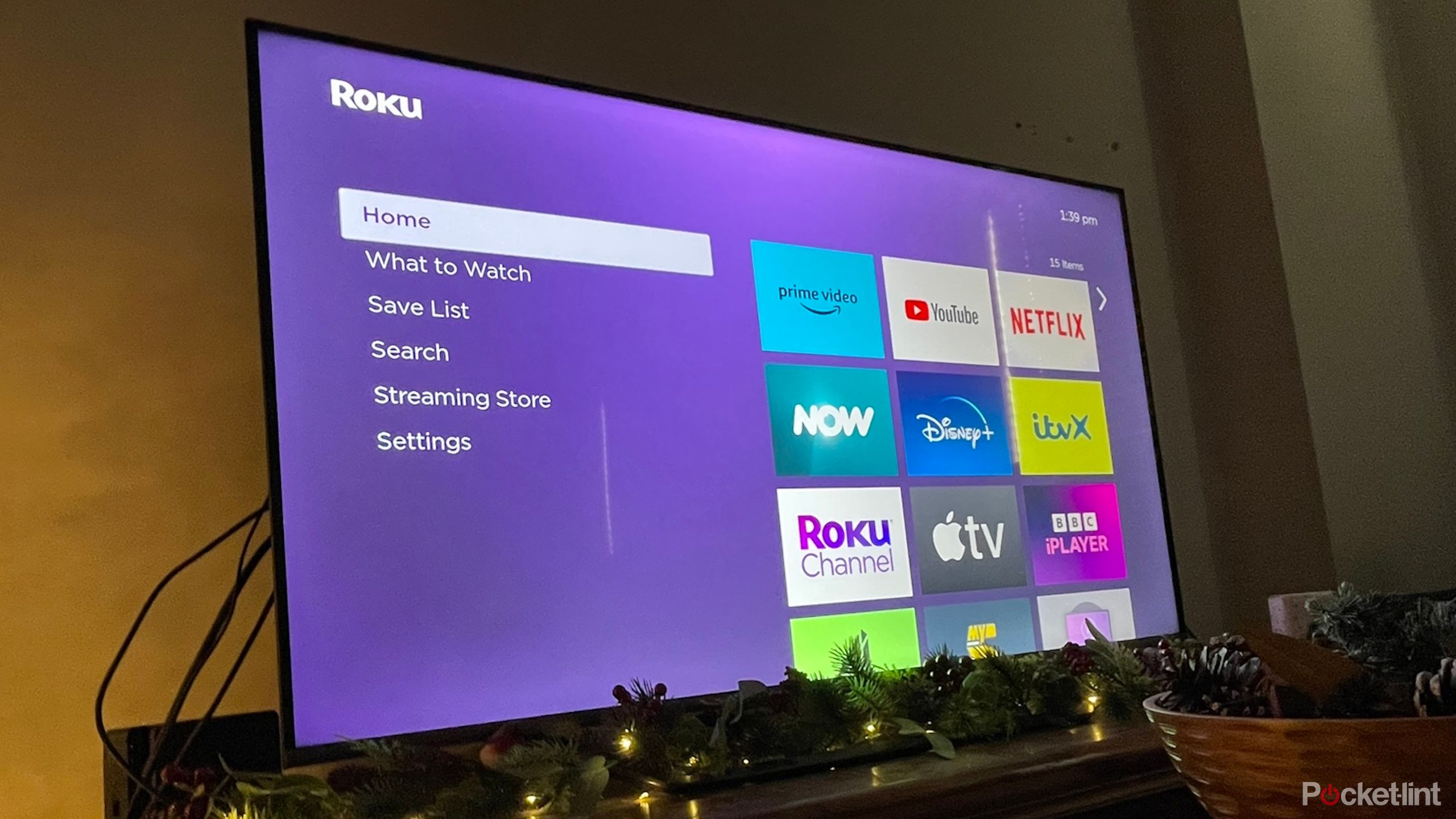Key Takeaways
- Roku considers routing ads through HDMI channels to show targeted ads during pauses in content consumption.
- A new patent outlines displaying customized ads based on content consumption patterns, raising privacy concerns.
- It remains uncertain if Roku will implement this feature, likely dependent on consumer reception and sentiment.
With it being ever more difficult to escape the world of targeted ads, it appears Roku has been thinking of new ways to further increase the scope and relevance of them to consumers. In a recent patent filing reported on by Lowpass, the popular streaming box and smart TV company outlines the concept of routing advertisements through the HDMI channels of its TVs.
‘When the media device pauses the media content, the display device can determine that a pause event has occurred and insert an ad shown on the display device,’ the patent reads.
How to use your phone as a Roku TV remote
Whether you lost your remote or want a more streamlined navigation experience, using your phone to control your Roku TV is a game-changer.
For example, if a user were to switch away from the main Roku interface and power on their Xbox, Apple TV, or other such device, the Roku would then push ads over top of the experience during times of idle. The mindset behind this is that when a user has paused the video game they’re playing or the show they’re watching, it would be the perfect opportunity to display ads on the idle screen.
“When the media device pauses the media content, the display device can determine that a pause event has occurred and insert an ad shown on the display device,” the patent reads.
The patent also describes ways in which Roku could analyze the content consumption patterns of its TV users to improve the relevance of the ads being shown.
The patent also describes ways in which Roku could analyze the content consumption patterns of its TV users to improve the relevance of the ads being shown.
“Further, some embodiments include determining the context and/or content of the media content that is paused, and determining an ad that is customized to the determined context and/or content to be displayed on the display device,” the patent notes.
Of course, the patent is by no means confirmation that the concept will ever see the light of day. Tech companies file patents practically all the time, and plenty of them remain in the conceptual phase. Whether Roku decides to implement pass through HDMI adverts into an actual product that it ships is anyone’s guess. As ever, the real litmus test will likely be consumer sentiment.
It’s certainly possible that in a few years’ time, the practice could become commonplace. In the case of more affordable smart TVs, it’s not hard to imagine companies like Roku justifying the advertisements by citing the relative affordability of its hardware.

Best Roku TV: A look at Roku’s current in-house TVs and what’s to come
Roku may not have a vast in-house TV catalog, but what it does offer promises quality picture and sound, 4K functionality, and budget-friendly prices.
More so than the ads themselves, the thought of a TV taking stock of consumed content and usage patterns of its users is exactly the sort of logical next step I can only hope never comes to fruition.
Trending Products

Cooler Master MasterBox Q300L Micro-ATX Tower with Magnetic Design Dust Filter, Transparent Acrylic Side Panel…

ASUS TUF Gaming GT301 ZAKU II Edition ATX mid-Tower Compact case with Tempered Glass Side Panel, Honeycomb Front Panel…

ASUS TUF Gaming GT501 Mid-Tower Computer Case for up to EATX Motherboards with USB 3.0 Front Panel Cases GT501/GRY/WITH…

be quiet! Pure Base 500DX Black, Mid Tower ATX case, ARGB, 3 pre-installed Pure Wings 2, BGW37, tempered glass window

ASUS ROG Strix Helios GX601 White Edition RGB Mid-Tower Computer Case for ATX/EATX Motherboards with tempered glass…










